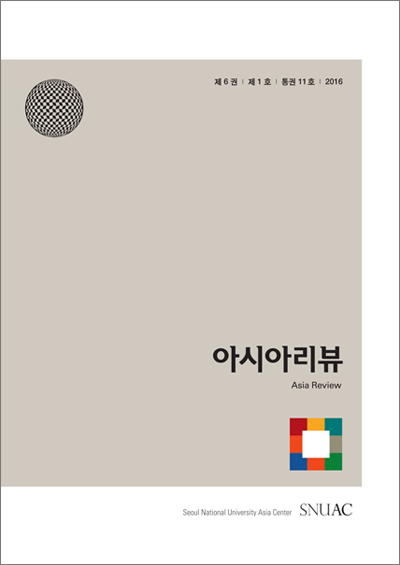The term ‘creative’ or ‘creativity’ is often used not only in art and culture but also in education and even in business in Japan today. In 2017, the Ministry of Economy, Trade and Industry (METI) in Japan organized a research project with Mitsubishi Research the Institute (MRI) entitled ‘Research on Creativity in the 4th Industrial Revolution (or Industry 4.0)’, which used the terms ‘design’ and ‘creativity’ in an extensive way and defined them in a much broader sense than usual. According to their argument, in the world of Industry 4.0 and following the third Industrial Revolution, the term design refers not only to artistic design, such as graphic, industrial user interface or architectural design but also to designs of users’ experiences, designs of whole products and services or even the design of business models and business eco-systems. While the third Industrial Revolution was initiated by information technology, in particular, by computers and the Internet, the fourth revolution which we are now facing is led by new technological developments in automation (carried out in smart factories); data exchange in cyber physical systems; the Internet of the Things (IoT); Artificial Intelligence (AI); cloud computing; and cognitive computing based on creativity. In a period when most goods and services are produced by and in non-human technological networks and systems, it is suggested that only creativity is able to produce ‘differences’ that can successfully compete with rivals.
It is still doubtful whether Industry 4.0 could be called a ‘revolution’ or not, but it is clear that the whole industry is being re-organized around the crucial concept of art and culture; for instance, with design and creativity. There is a clear shift in the terminology used. This is a shift from the use of cold data and information to more humanistic and artistic creativity; and from the use of science engineering to the use of art and culture. In the METI research project above, the government attempted to introduce a valuation based mode of creativity to evaluate corporations’ business potential in the future. Creativity is now seen as a significant resource for business success: the creative industries are the new dominant model of entire business industries.

